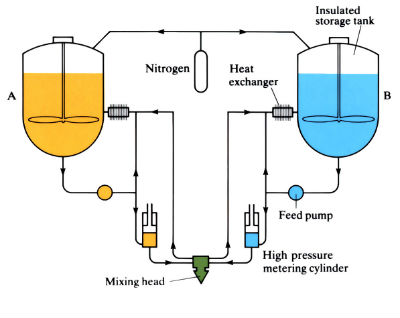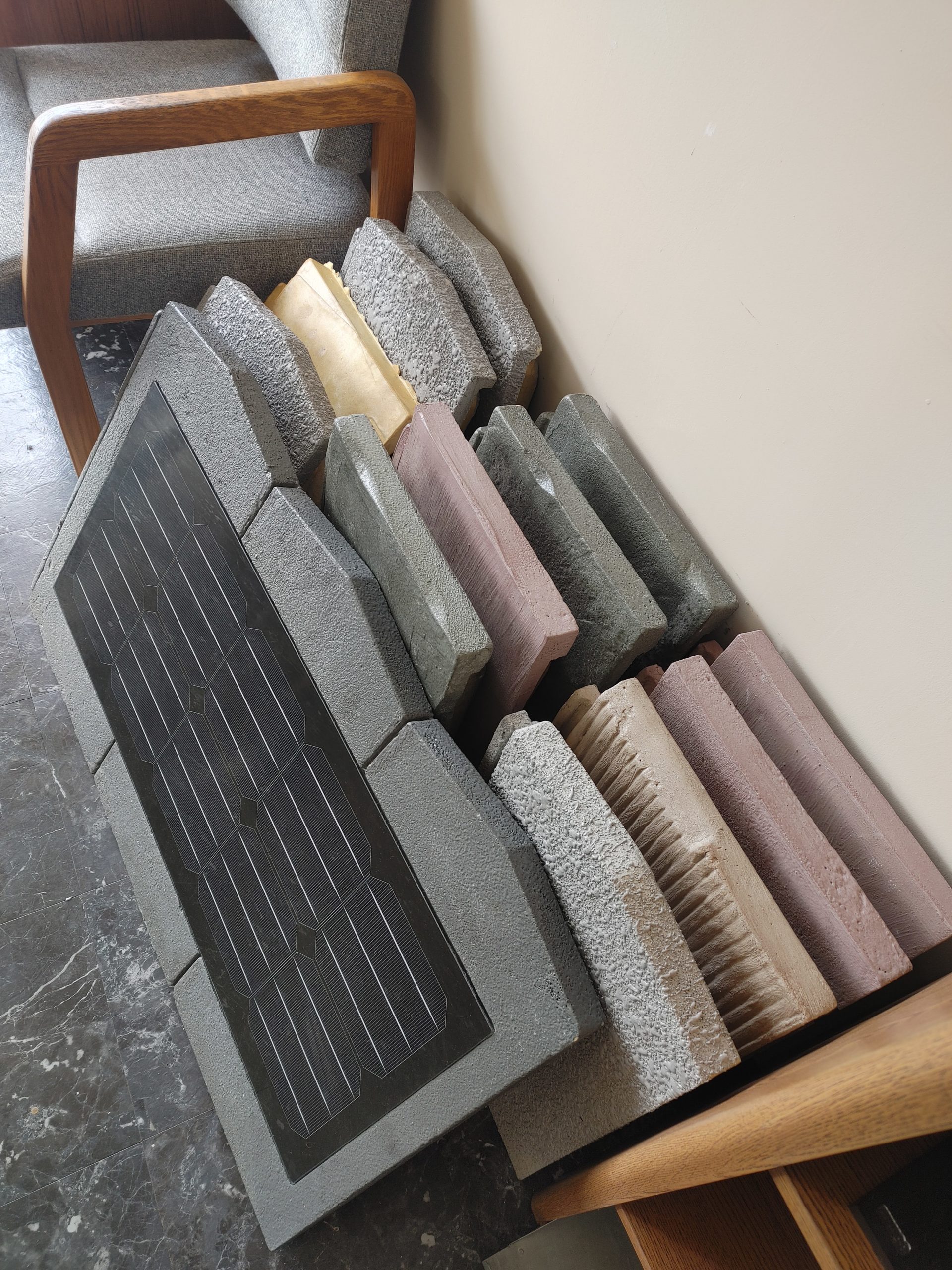
Custom Polyurethane Foam Molding
Reaction Injection Foam Molding is ideal for mass production of soft or rigid 3D parts with complex geometries and tight tolerances.
B&M Industrial Concepts specializes in the form of foam molding called Reaction Injection Foam Molding, blending 2-part liquid prepolymer systems into 3D polyurethane parts of any density.
Cast-Molding and Compression Molding solutions, or alternative materials are also available depending on your project’s needs.
Advantages of choosing B&M as your molded foam product partner include :
- Success in Custom Product & Industrial Design – We’ve Stood In Your Shoes.
- Accessory & Electronics Integrations Welcomed.
- In-House Automated Flashing & Parting Line Trimming (any materials).
- Send Us Your Pre-Built Molds, or We’ll Make Our Own.
- Prototyping, Design Validation & Volume Production.
- Specialization in 2-part Polyurethane Foam Systems of Any Density.
On This Page :
Click Link to Jump to a Section
Applications of Polyurethane & Polyurethane Foams

Polyurethane (PU or PUR) is a class of polymeric (plastic) materials composed of organic carbon chains joined by urethane (carbinate) links. The variety of starting materials used in, and end products which can be created from polyurethanes grant it the special rank of being defined as a “class” of polymers, rather than referring to a distinct molecular compound such as polyethylene (PE) or polystyrene (PS).
Polyurethanes are considered “thermoset” polymers which will not melt (and therefore cannot be reformed) after setting, compared to thermoplastic polymers which can be continually reheated and reformed from their original shape.
The properties of polyurethane can cover the full range from soft and elastic, to stretchy, rigid body or event high density parts.
“Open cell” polyurethane foams allow air to flow through the structural elements of the foam and will comfortably flex under pressure before returning to their original shape. “Closed cell” polyurethane foams, on the other hand, will remain rigid under pressure and can even be engineered to bear loads in some applications. Both open and closed cell variations of polyurethane foam can be extremely light weight at just a few pounds per cubic foot.
With careful selection of starting compounds, reactants, and processing conditions, polyurethanes can also be formed into a solid, high density elastomeric material for applications such as shoe soles or electronics casings.
Because polyurethanes can offer such a wide range of performance capabilities, they are selected as the ideal material for a wide range of products and applications including :
- Automobile & Furniture Seat Cushions;
- Memory-foam Mattress Pads;
- Cleaning sponges;
- Tennis Racket Grips;
- Steel Watchband Wrapping;
- Thermal Insulation Boards or Panels;
- Architectural Features such as Columns & Mouldings;
- Shoe & Boot Soles;
- Climbing Wall Holds;
- Boat Decks, Hulls, Props and Other Marine Surfaces; and
- Encapsulants and Casings for Electronic Devices.
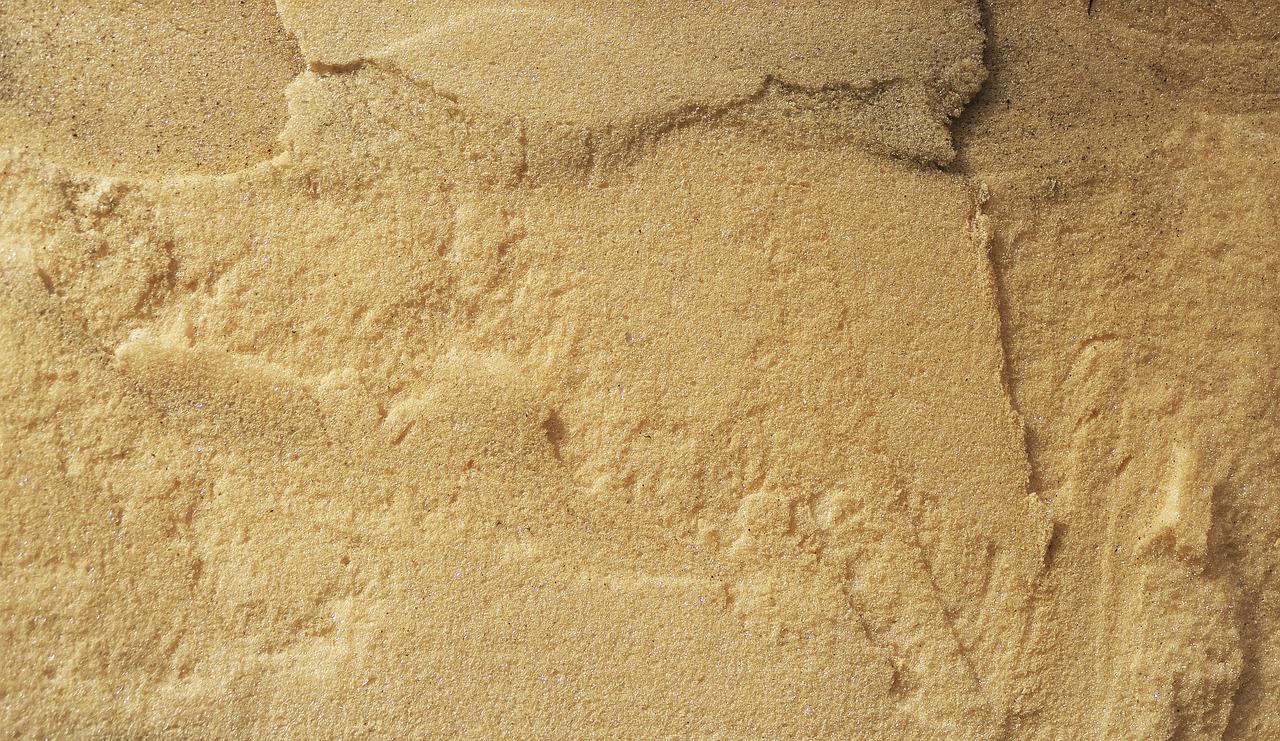

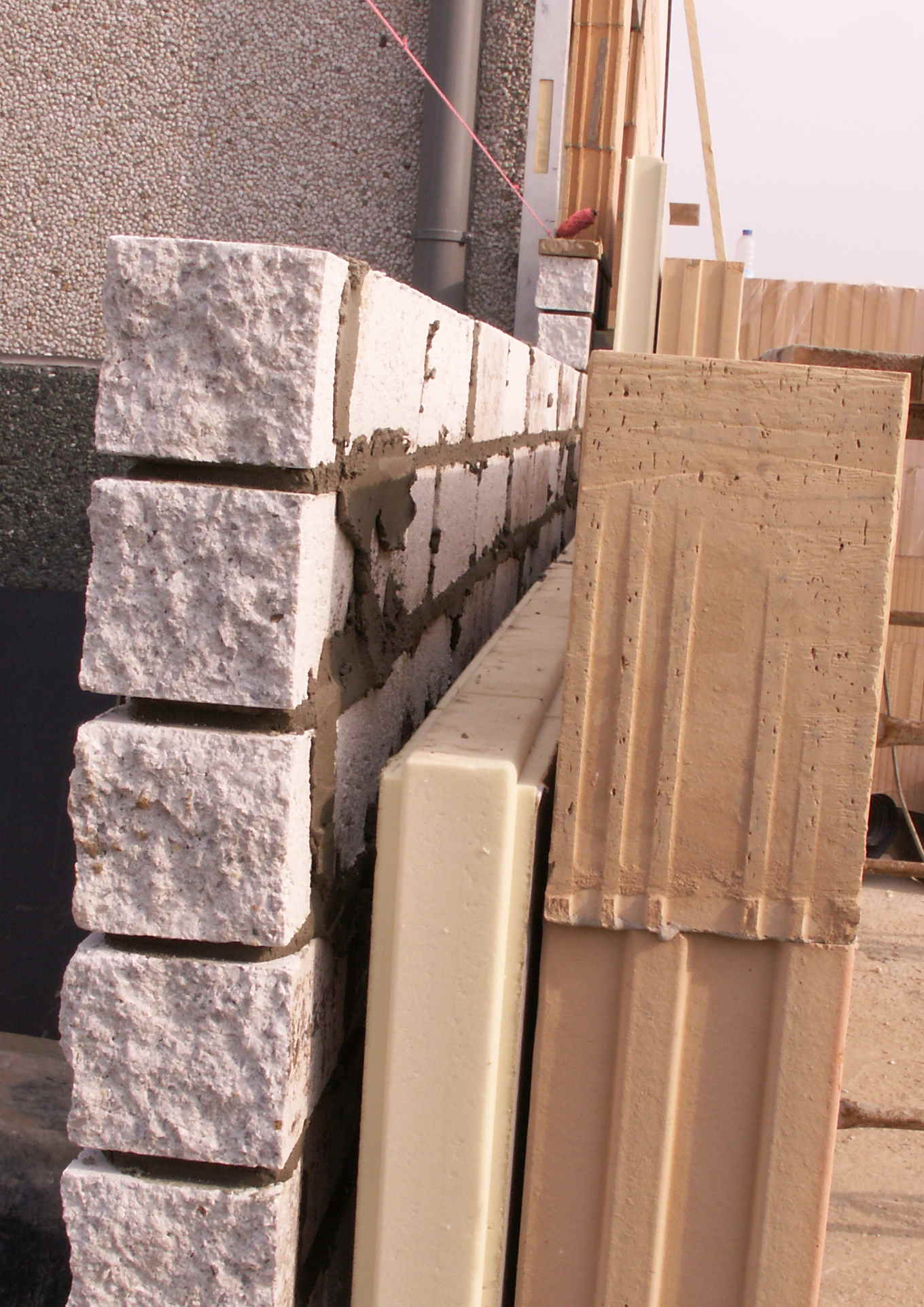
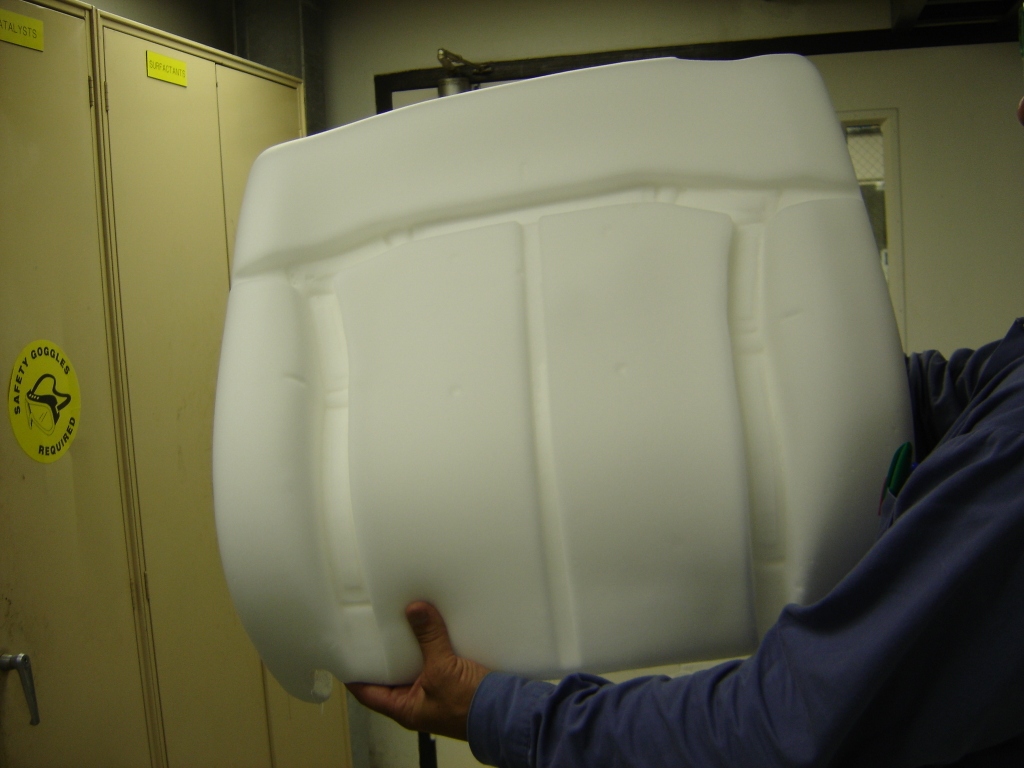
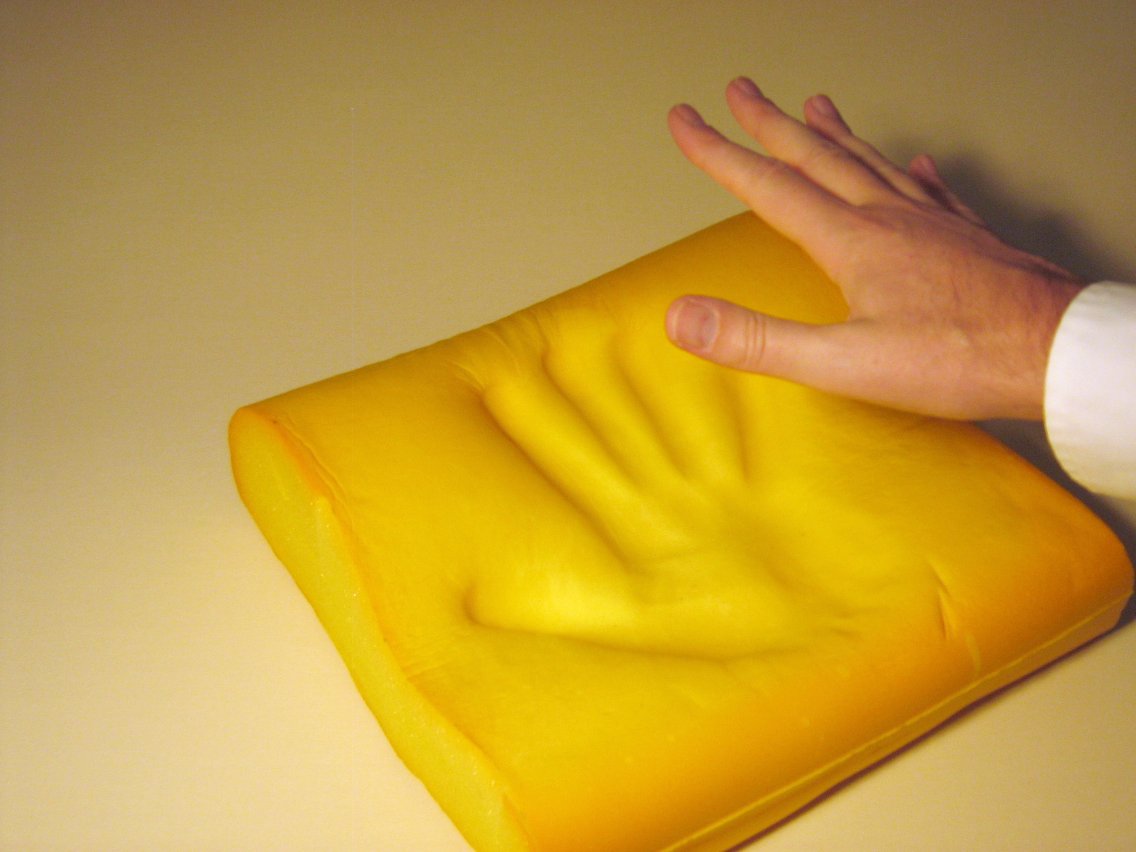
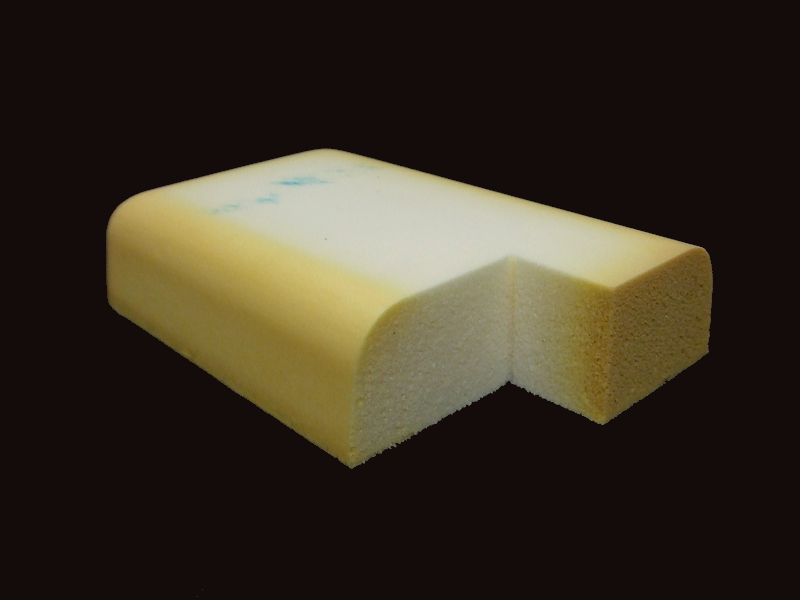
Our Reaction Injection Molding Process
The process of Reaction Injection Molding (RIM) involves individually pumping the liquid polyol & isocyanate components of polyurethane into a high pressure mixing head immediately before injecting the resulting blend into a custom mold cavity.
Creating the compressive forces to ensure the liquid polyurethane blend completely fills out the mold cavity can require the use of a hydraulic press, but not always and especially not when molding polyurethane foams. Since polyurethane foams expand as the 2-part liquid reacts creating its own pressure inside the mold, often times a simple clamping arrangement is more than enough to ensure the cavity is filled and all bubbles and imperfections are eliminated.
This makes it unique from other forms of foam or polymer molding in that the individual poly & iso prepolymers are maintained in liquid form prior to mixing allowing for much lower processing temperatures and pressures. Even at these relatively low temperatures, the blended system maintains a low viscosity as it enters the mold still in liquid form.
The advantages of Reaction Injection Molding include :
- Faster & more economical tooling development compared to injection molding processes – these differences becomes more and more substantial with increasing part size or complexity;
- Comparable cycle times to injection molding processes;
- Nearly unbounded design flexibility including 3D features, variable wall thicknesses, curves, ribs, and inserts;
- Great for producing composites by pre-loading the mold with fiber, metal or other rigid structural elements prior to PU injection (referred to as Reinforced RIM or Structural RIM);
- Reliable part sizes and tolerances as the foaming processes compensates for the majority of shrinkage which inevitably occurs during polymerization – as the outer boundaries of the PU are shrinking, the inner core is still expanding ensuring the part retains a close relationship with the mold cavity; and
- Parts of any density or performance characteristics can be produced. In fact, you can typically experiment with multiple densities as a part of your product development process without any additional tooling.
Simply put, our Reactive Injection Molding is often the ideal process for customers producing large products with complex geometries, narrow tolerances, or where an integrated structural component is desired.
The Power of Working With B&M
Competitive Pricing.
Lost a Former Supplier or Design Spec?
We Can Reverse Engineer Your Legacy Parts.
Full Service CNC Machine Shop In-House
Provides Unique Opportunities for Integrating Mold & Tooling Production, Prototyping, Design Validation, and Reduced Production Trimming Costs All Under Our Roof.
Ready to Move Your Foam Molding Under Your Own Roof?
Hire Us To Help You Design Your Own Internal Production Line!
B
ring Us a Challenge
&
We’re Here to
M
ake It Happen.
Have A Project on Your Mind?
